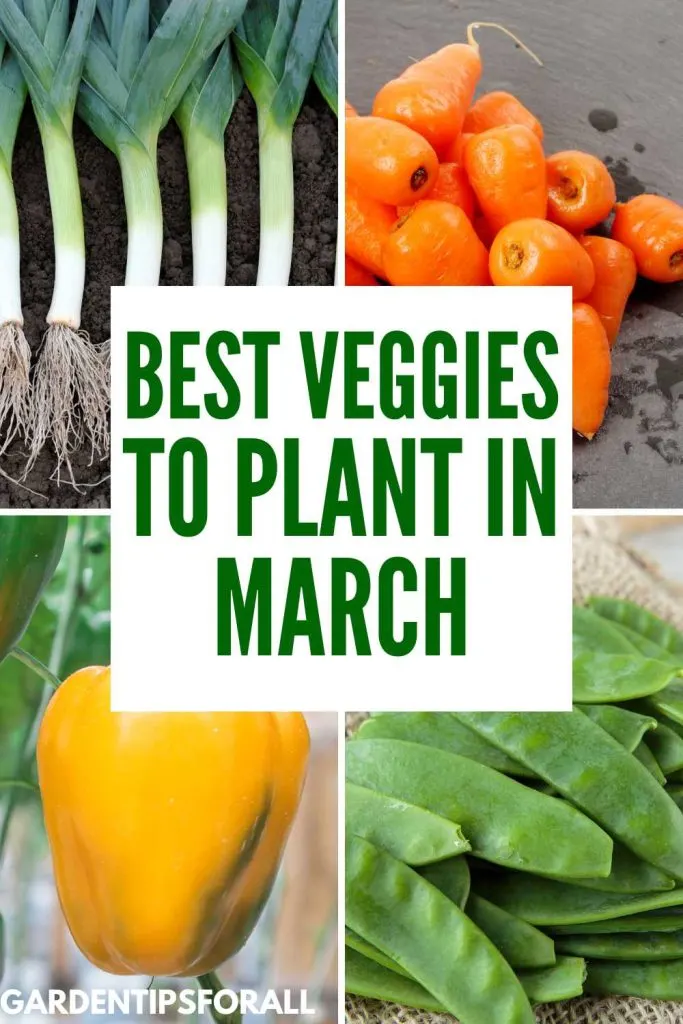Best Veggies to Plant in March in Various Zones
Today, we are taking a look at the best vegetables to plant in March. With winter drawing to an end many people are beginning to think about growing a vegetable garden.
Many people see gardening as a way to supply their families with fresh produce during the summer and fall months.
However, as most people know climates across the country can vary a great deal. Some regions will have a longer growing season, while others will have an incredibly short growing season.
What specific vegetable you can plant and when you can plant it will depend a great deal on the climate in the region you live in and can even vary in one region from year to year.
That being said, here are some of the best veggies to plant in March in various regions across the country.

Related Articles:
- 8 Best Vegetables to Plant in April
- 9 Best Vegetables to Plant in May
- Vegetable Gardening for Beginners
- Fastest Growing Vegetables to Grow in Your Home Garden
10 Best Vegetables to Plant in March
#1. Chantenay Carrots

Chantenay carrots are short fat carrots that have a sweet crisp taste. These carrots can be eaten raw or cooked. Chantenay carrots can be used in salads, soups, and casseroles or cooked as a side dish. This vegetable is rich in vitamins and minerals and makes a great addition to any meal.
Chantenay carrots can normally be planted in March in zones 3 to 10 after the danger of frost has passed. The seeds should be planted directly outdoors into a sunny garden plot.
In zones 9 through 12 two plantings of these carrots are possible since the carrots mature in 65 to 75 days.
#2. Radishes

There are several varieties of radishes with the red radish being the most common. Red radishes are small round vegetables with a light spicy peppery taste.
While radishes can be used in a number of ways red radishes are most often seen in salads and on veggie platters.
Radishes can be planted 4 to 6 weeks before the last frost, making them a great vegetable to plant in March in zones 2 through 11.
Radishes do need plenty of sunlight (at least 6 hours a day) and well-drained rock free soil that is neither too wet or too dry.
#3. Snow Peas
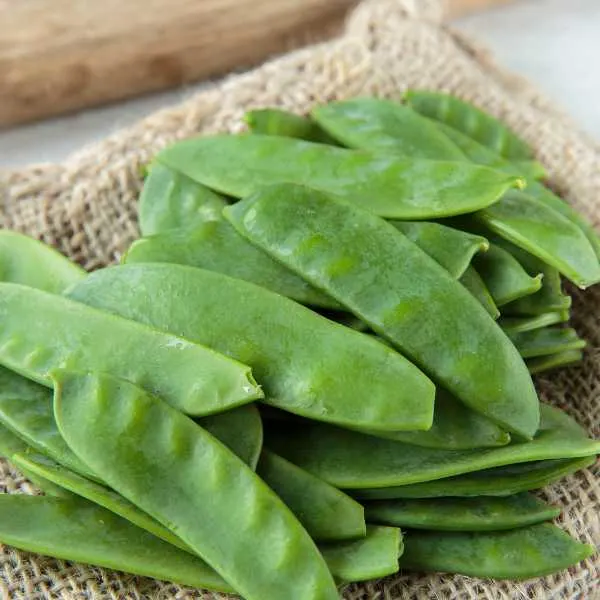
Snow Peas are flat pod peas that are eaten pod and all. These tasty little vegetables can be used in a variety of dishes including salads, stir fries, soups and stews.
In order to grow snow peas successfully you need to wait until the chance of frost has passed and the soil temperature reaches 45 degrees Fahrenheit and is dry enough for easy planting.
Snow peas are often planted in March in zones 3 through 11. These vegetables also need 7 hours of sunlight per day and should receive about an inch of water per week.
#4. Globe Artichokes
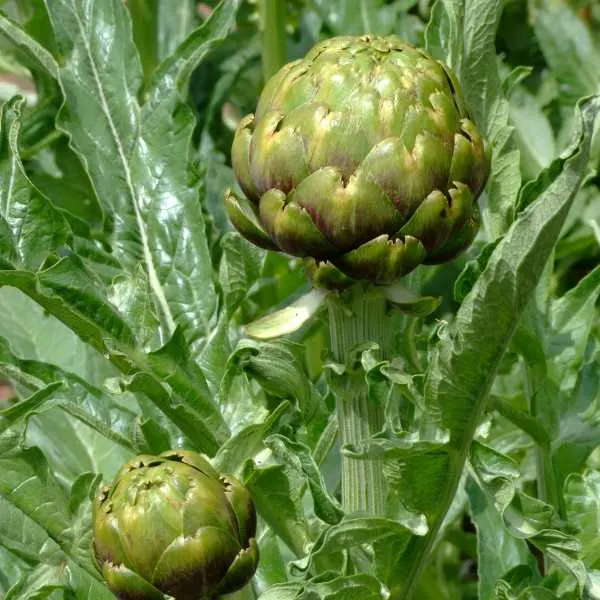
Globe Artichokes require a long growing season of 120 days and so it is best to start this vegetable inside. This is because globe artichokes need temperatures between 70 and 75 degrees Fahrenheit in order to better germinate. Once planted outside you need to plant this vegetable in a sunny well-drained area.
In zones 8 through 11 globe artichokes can be grown as perennials. In zones 7 and cool these artichokes can be planted as an annual.
Artichokes are highly nutritious vegetables that are well worth growing and eating.
#5. Potatoes
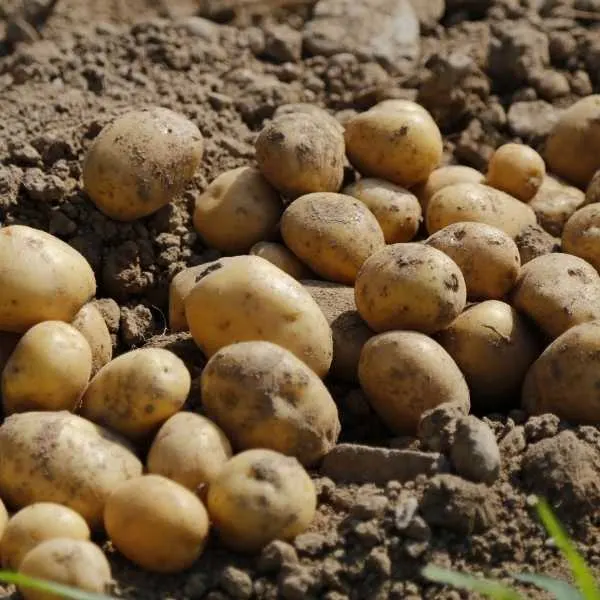
There are many different types of potatoes, most of which are fairly easy to grow from seed potato pieces. Potatoes are a starch staple that is eaten frequently in most households and enjoyed in various dishes including salads, side dishes, casseroles, soups, stews and more.
Considered a cool weather vegetable potatoes can normally be planted in March in zones 3 through 10 once soil temperatures reaches 45 to 50 degrees Fahrenheit.
Potatoes grow best in full sun and loamy soil and should receive about 1 inch of water per week.
#6. Leeks
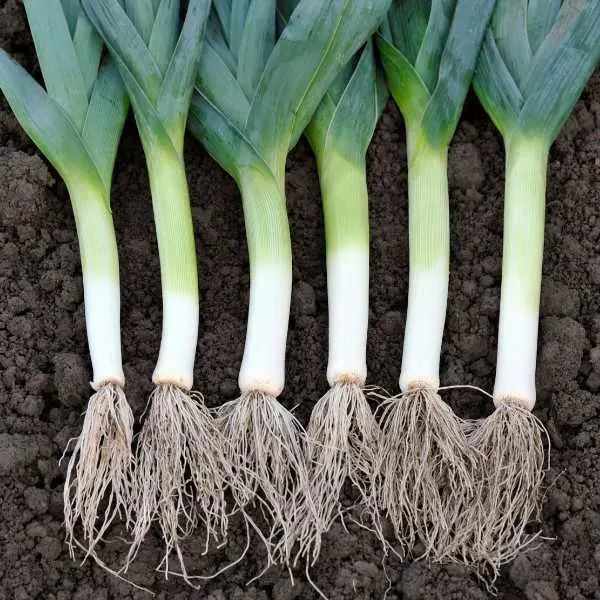
Leeks are mild tasting members of the onion family. This vegetable has flat bluish/green leaves with small white bulbs at the base.
Leeks are often used in place of onions or chives in any number of dishes and can be eaten either raw or cooked. They are great additions to salads, soups, casseroles, and other dishes. They also make great toppings for baked potatoes and even deviled eggs.
Leeks fair best in zones 5 through 9 and can be planted around the time of the last frost of the season. They need to be planted in loamy well-drained soil in an area that gets plenty of sun.
#7. Sweet Peppers
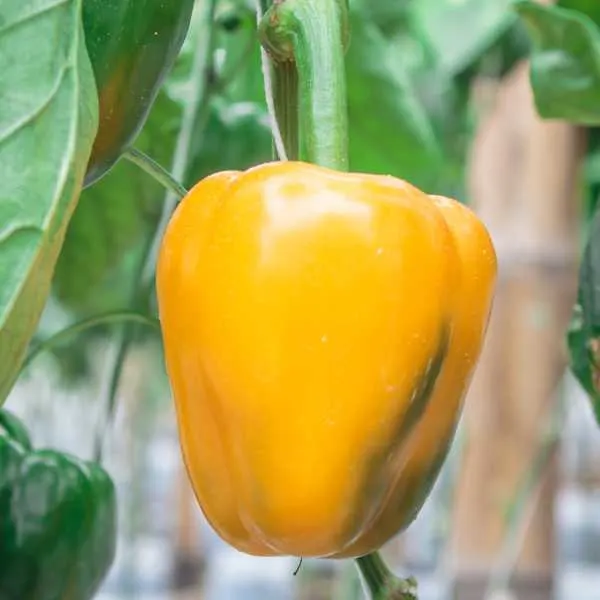
Sweet Peppers are colorful vegetables that can be used in a number of different dishes including salads, stir fries, egg dishes, casseroles, and more. These vegetables grow well in zones 6 through 10 and seeds can be started 6 to 12 weeks before the last frost.
Since sweet peppers don’t like cold temperatures your plants should be planted in a sunny and warm area of the garden.
#8. Beets

Beets are a cool weather vegetable that is normally planted in early spring in zones 8 through 10 in order to be ready for an early to mid-summer harvest.
You do need to wait until the soil reaches a temperature of at least 50 degrees Fahrenheit. Beets need to be planted in a sunny area with well-drained moist loamy soil.
They are healthy vegetables that can be enjoyed in a variety of ways including pickled, as a side dish, or made into soups or used in salads.
#9. Spinach
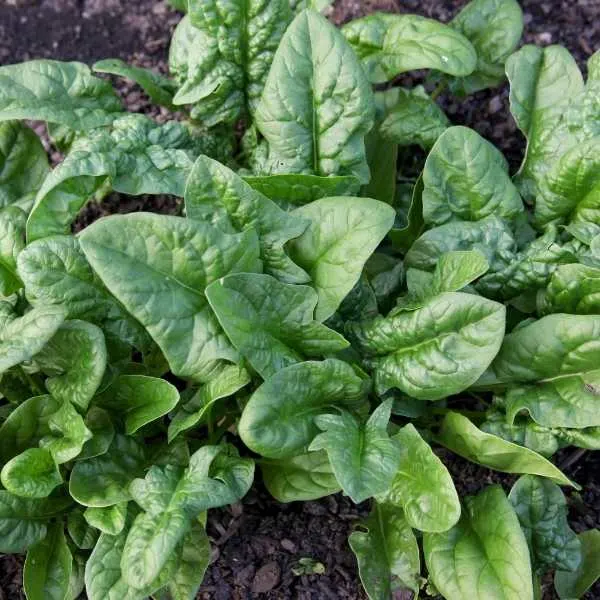
Spinach is a green leafy vegetable that is loaded with vitamins and minerals. This vegetable can be enjoyed either raw or cooked and used in a variety of dishes including salads, egg dishes, casseroles, soups and even as a side dish.
Spinach grows best in zones 5 through 10 and will produce crops until the summer heat hits.
#10. Tomatoes
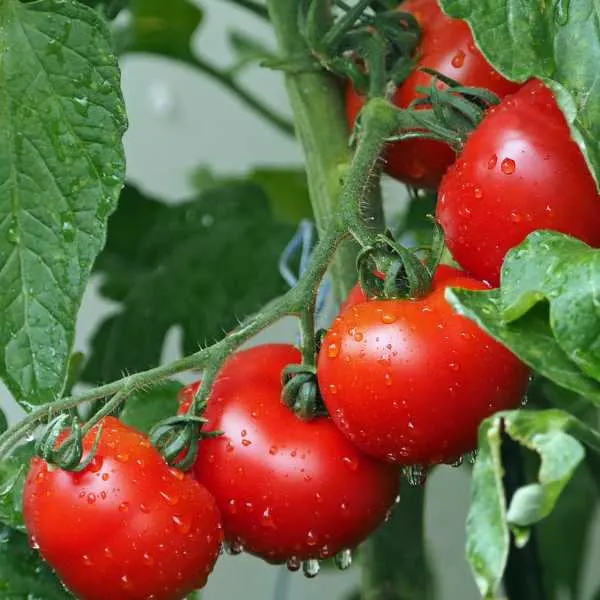
Tomatoes are actually a fruit and not a vegetable, but since this fruit is often treated as a vegetable, we decided to include it here.
Tomatoes are a popular crop to grow in a home garden and a favorite addition to a number of dishes including salads, sandwiches, soups, sauces and more. They grow best in zones 5 through 10 and can be planted from seeds or starter plants.
When planting from seeds the plants should be started indoors 6 to 8 weeks before the last frost.
There are a number of different types of tomatoes so choose a type that works best for your given area and soil conditions.
Final Thoughts on the Best Vegetables to Sow in March
Keep in mind that this is just a general informative article to help you plan your garden and not a planting guide to planting specific vegetables. The vegetables that are mentioned here can be planted in March, but the exact time of planting will likely differ from year to year depending on the last frost date.
